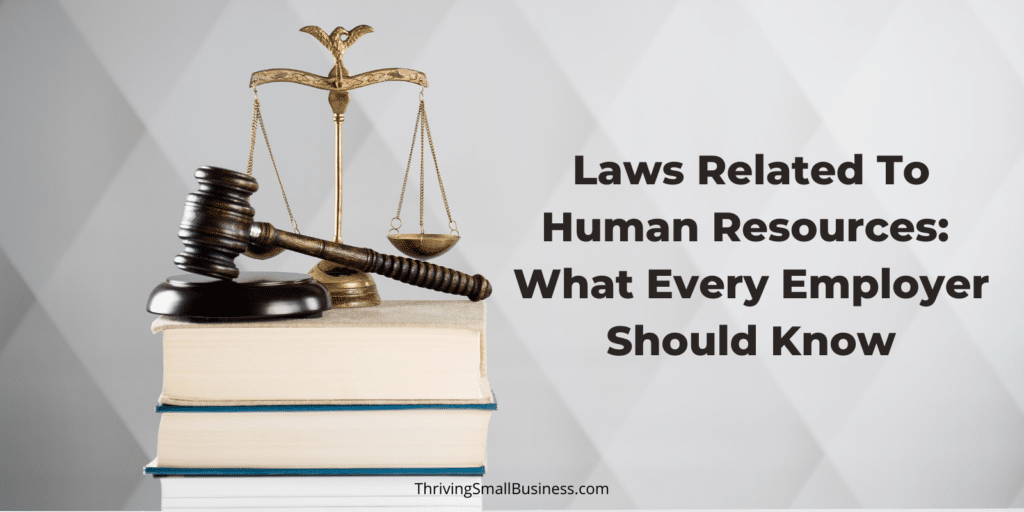Laws Related to Human Resources: What Every Employer Should Know
Estimated reading time: 2 minutes
Every manager and business owner must be aware of the laws governing employment practices.
Understanding the laws and incorporating them into policies is the best way to avoid labor law issues.
Following is a historical list of the most common labor laws:
Norris-LaGuardia Act (1932)
This Act established a legal right for employees to participate in union membership.
Wagner Act (1935)
This Act established the National Labor Relations Board (NLRB), which requires employers to bargain with employees for working conditions, work hours, and wages if the majority of employees request representation.
Fair Labor Standards Act (1938)
This Act was established to set child labor restrictions, overtime pay, and minimum wage requirements for employers.
Taft-Hartley Act (1947)
This Act allows for union representation as a bargaining unit when the majority of employees vote for it. The Act also forbids employers from establishing labor organizations.

Equal Pay Act (1963)
This Act requires employers to pay men and women equally when they do the same work. The exception to this is when there are merit-based or seniority differences.
Vietnam-Era Veterans Readjustment Act (1974)
This Act forbids discrimination against Vietnam veterans and applies to both agencies and federal contractors.
Pregnancy Discrimination Act (1978)
This Act requires employers to apply the same benefits and policies to pregnant women and pregnancy-related conditions as other disabilities.
Family and Medical Leave Act (1993)
This Act allows employees up to 12 weeks of unpaid leave for family and medical emergencies.
For more details on these and other employment laws, please visit the Division of Labor website.
Understanding these core laws and regulations is an important first step toward successful small business management.






